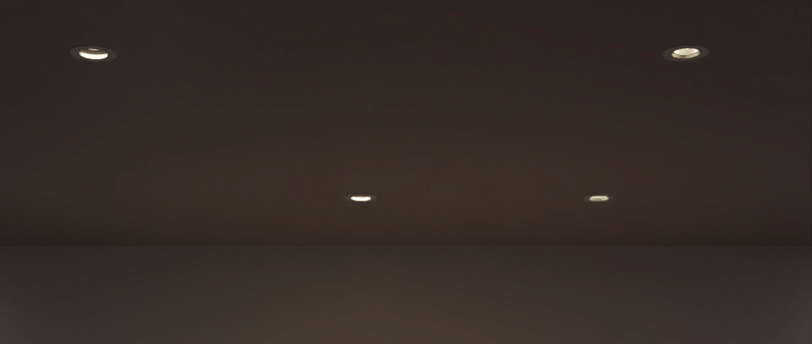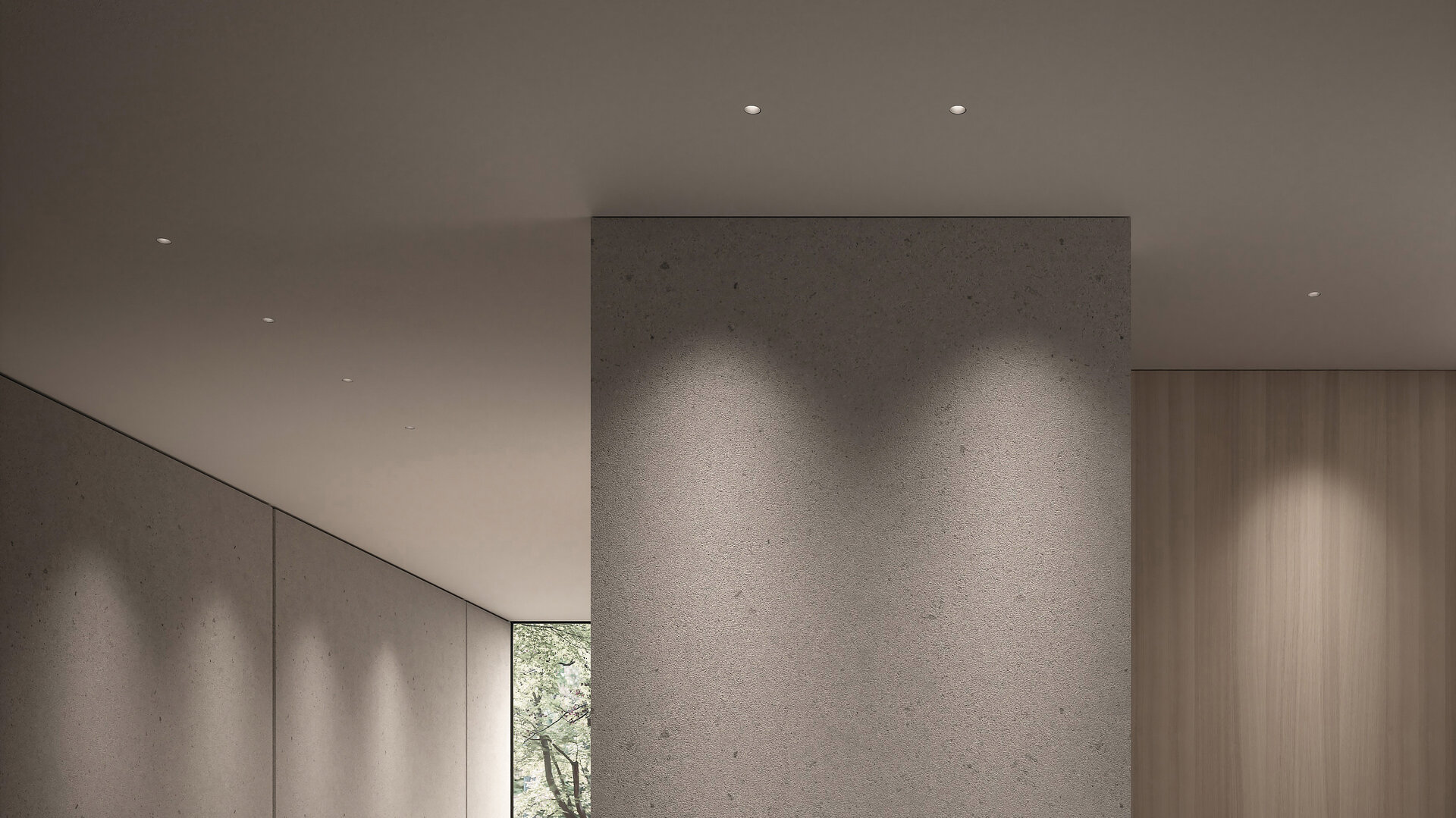
Understanding Lighting Design: Innovations in F Design Concept Lighting
5/24/20255 min read



Defining Lighting Design
Lighting design is a multifaceted discipline that plays a crucial role in shaping the aesthetic and functional elements of various environments. It encompasses the strategic planning, implementation, and management of artificial and natural light sources to enhance the overall ambiance, functionality, and emotional impact of spaces. By understanding the principles and objectives of lighting design, designers can create environments that not only meet practical needs but also elevate the mood and interpersonal dynamics within residential, commercial, and public spaces.
One fundamental aspect of lighting design is how light influences mood and atmosphere. For instance, warm light tends to evoke a sense of comfort and relaxation, making it ideal for residential settings like living rooms and bedrooms. In contrast, cooler light is often utilized in commercial environments such as offices and retail spaces, which can increase alertness and productivity among occupants. The quality of light, including factors such as intensity and color temperature, plays a pivotal role in determining the psychological effects of a space.
In addition to affecting mood, effective lighting design emphasizes functionality and the aesthetic appeal of a space. The distribution of light, achieved through well-placed fixtures, can help eliminate shadows and ensure visibility in critical areas. Fundamental elements such as fixtures, placement, and dimming capabilities contribute to the versatility of lighting design, enabling it to adapt to various activities and settings. Furthermore, the integration of innovative technologies, such as smart lighting systems, enhances the ability to customize lighting settings to align with mood, occasion, or specific tasks.
Overall, lighting design is a critical component of creating harmonious spaces, where light serves functional priorities while accentuating the underlying design and emotional atmosphere. By understanding the objectives and principles of lighting design, one can appreciate its significance in elevating the user's experience across diverse settings.
The Evolution of Lighting Design
Lighting design has undergone a significant transformation over the centuries, evolving from rudimentary methods to sophisticated technologies that prioritize energy efficiency and versatility. In ancient times, lighting was primarily dependent on natural daylight and rudimentary sources such as oil lamps and candles. These traditional methods, while effective in their time, constrained both practicality and aesthetic choices for interior and exterior spaces.
The introduction of electric lighting in the late 19th century marked a pivotal milestone in lighting design evolution. Incandescent bulbs revolutionized how spaces could be illuminated, offering greater brightness and control over light direction. The widespread adoption of electric lighting not only enhanced daily living but also opened new avenues for artistic expression in architectural and interior design. However, the limitations of incandescent bulbs, notably their energy inefficiency and short lifespan, prompted the search for better alternatives.
By the early 21st century, LED (light-emitting diode) technology emerged, fundamentally changing lighting design once again. LEDs provide exceptional energy efficiency, using up to 75% less energy than their incandescent counterparts while boasting an impressive lifespan of up to 25,000 hours. This transition to LED technology has not only reduced energy consumption, thereby benefiting the environment, but has also allowed designers to explore innovative forms and functions. This has led to the rise of smart lighting systems that adapt to usage patterns and enhance user experience.
As concerns for sustainability gain prominence in contemporary society, lighting design has increasingly embraced eco-friendly solutions. Modern design practices aim to integrate sustainable materials, energy-efficient technology, and environmentally conscious methodologies. Today, lighting design is not merely a functional aspect but a critical element that harmonizes aesthetics with sustainable living, paving the way for future innovations in the field.
Innovations in F Design Concept Lighting
In recent years, lighting design has undergone significant transformations, primarily driven by technological advancements and evolving design philosophies within the F design concept. Smart lighting solutions have emerged as a focal trend, facilitating seamless integration with digital ecosystems to create responsive and user-friendly environments. These innovations not only elevate aesthetics but also enhance functionality, ensuring that lighting serves the needs of both spaces and individuals.
One of the pivotal developments in F design concept lighting is the integration of the Internet of Things (IoT). This technology enables lighting systems to communicate with other smart devices, leading to a holistic approach to environmental control. For instance, IoT-enabled lighting can automatically adjust brightness and color temperature based on the time of day or occupancy levels, contributing to energy efficiency and comfort. Such systems provide users with the convenience of managing their surroundings with ease, often through mobile applications or voice-activated assistants.
Adaptive lighting systems further illustrate the innovation within the F design concept. These systems utilize sensors to detect environmental changes, allowing lights to morph in response to variations in natural light or user occupancy. The result is a dynamic atmosphere that enhances user experience while also supporting sustainability efforts by optimizing energy usage. For example, in workplace environments, adaptive lighting can improve employee productivity and well-being by adjusting light levels according to their specific tasks and preferences.
Case studies of prominent projects reveal the practical implementations of these innovative concepts. In urban developments, integrated lighting solutions are being leveraged to create multifunctional public spaces that respond to community needs. Such designs not only beautify surroundings but also promote safety and social interaction. As lighting design continues to evolve, the F design concept remains at the forefront, embracing new technologies and methodologies that redefine how we experience light in our daily lives.
Future Trends in Lighting Design
The future of lighting design is set to be redefined through a combination of technological advancements and heightened awareness of user well-being. One significant trend is the incorporation of artificial intelligence (AI) in lighting systems, which promises to create more adaptive and intelligent environments. AI can analyze user behavior and preferences, allowing for automated adjustments that optimize lighting for various activities and moods. This shift not only enhances convenience but also aims to improve energy efficiency by reducing unnecessary power consumption during inactive periods.
Moreover, the emerging focus on health and well-being in lighting design introduces an innovative approach known as circadian lighting. This concept revolves around leveraging specific light spectrums to support the human body's natural rhythms. As research reveals the profound impact of light on sleep patterns and overall health, designers are increasingly integrating features that mimic natural daylight. These advancements provide an opportunity to transform spaces across residential, commercial, and healthcare settings, aligning with the well-being of occupants.
In addition to these technological innovations, there is a notable trend towards personalized and interactive lighting experiences. Consumers are seeking ways to customize their environments to reflect individual preferences and enhance emotional responses. Manufacturers are responding by offering smart lighting solutions that can be controlled via mobile applications, allowing users to adjust brightness, color temperature, and even create dynamic lighting scenes. Such systems not only elevate the aesthetic quality of a space but foster a connection between the user and their environment.
As we look ahead, the demand for customization in lighting design is expected to continue its upward trajectory. In both residential and commercial realms, the ability to tailor lighting experiences based on individual or contextual needs will be crucial. Thus, the future landscape of lighting design is poised to become more interactive, adaptable, and harmonious with human experiences, as innovative technologies and a deeper understanding of light's effects on well-being converge.
